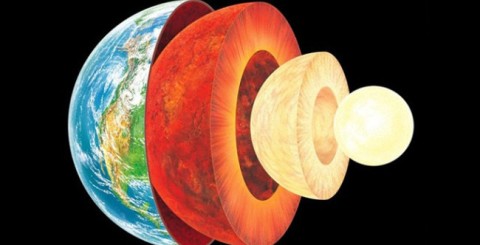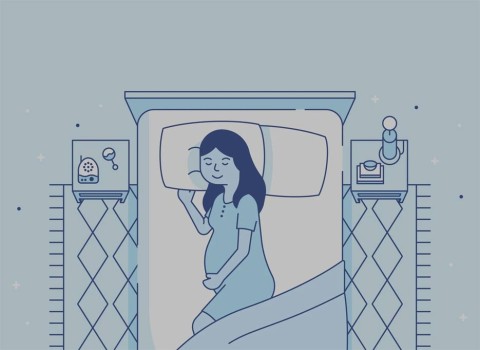What planets are Venus and Venus?
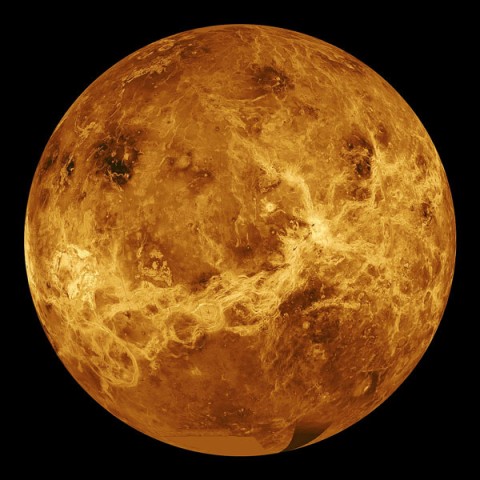
What are the evening star and the morning star? Here's what you need to know about the evening star and the morning star.
What is the hottest planet in the solar system? If you want to know which is the hottest star in the solar system , this article will give you the answer.
Many people assume that Mercury would be the hottest planet in our Solar System, since it is closest to the Sun, but that title belongs to Venus. Our Sun is a giant, hot ball of plasma heated by nuclear fusion reactions in its core. The energy from these reactions is radiated into space, warming objects orbiting it. Of all the planets in our Solar System, Mercury's orbit brings it closest to the Sun, maintaining a distance of between 46 and 69 million kilometers from its surface.
Because it is the closest, many would think that Mercury would also be the hottest. Indeed, its surface temperatures can reach 430°C in areas exposed to the full glare of the Sun. However, the title of hottest planet in the Solar System actually belongs to Venus.
Venus is the hottest planet in the solar system because it is covered by a thick layer of clouds containing carbon dioxide and other gases, which prevents the heat from the Sun from escaping into space. That is why the second planet after Mercury to absorb heat from the Sun becomes hotter.
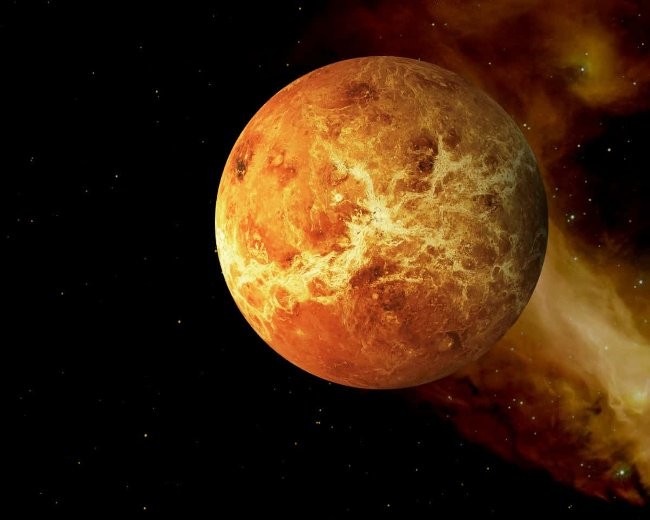 Venus - the hottest planet in the solar system.
Venus - the hottest planet in the solar system.
The chain of planets revolving around the Sun in our Solar System, Mercury is the planet closest to the Sun. Next is Venus and third place is planet Earth - the place where we humans live.
Now, when applied by common logic, it seems that the planet closest to the Sun will receive the greatest amount of heat from the Sun and become the hottest, right? However, interestingly, that logic does not apply in this case.
That's right! Despite being closest to the Sun, Mercury isn't the hottest planet in the solar system... but why is that?

Things to know about Venus
Venus is the second planet from the Sun and is our planet Earth's immediate neighbor. Due to its mass and size, Venus is very similar to Earth, and is sometimes referred to as Earth's " twin planet " or " sister planet ."
Venus is classified as a terrestrial planet. Venus is surrounded by a thick layer of highly reflective clouds containing sulfuric acid, making it impossible to observe its surface in visible light. Venus has the densest atmosphere of the four terrestrial planets, composed mainly of carbon dioxide.
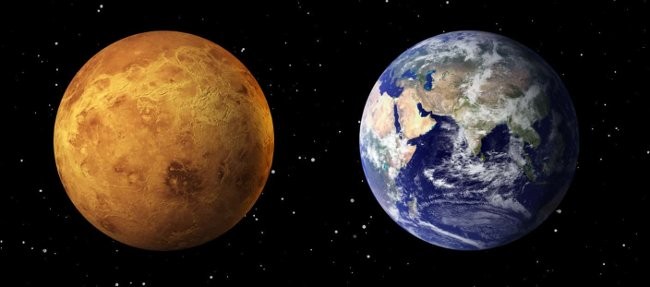 The sizes of Venus and Earth are about the same.
The sizes of Venus and Earth are about the same.
With a diameter of 12,014 km ( 7,465 miles ), Venus is only slightly smaller than our planet Earth and its mass is 81.5% that of Earth. Venus has no natural moons or rings, and rotates from east to west, which is the opposite direction to most other planets.
All planets in the Solar System orbit in a counterclockwise direction when viewed from above the Sun's north pole. Most planets rotate on their axes in a counterclockwise direction, but Venus rotates on its axis in a clockwise direction (called retrograde rotation ) every 243 Earth days - the slowest rotation rate of any planet in the Solar System.
Internal structure
About 80% of Venus's surface is covered by flat volcanic plains, and the planet also includes two large continents - Ishtar Terra ( located in the northern hemisphere ) and Aphrodite Terra ( located just south of the planet's equator ). The surface of Venus is relatively " smooth " compared to the surfaces of Mercury and Mars, which have impact craters. However, Venus is particularly difficult to observe with the naked eye because of the thick clouds of gas that obscure it from the view of observers from a distance.
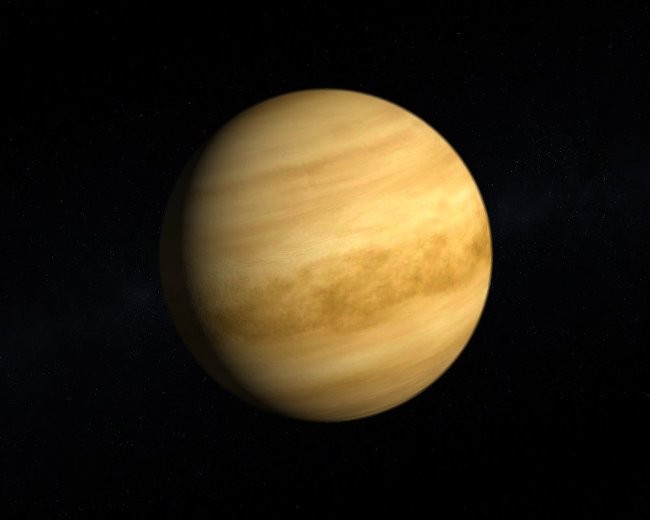 Venus. Photo credit: Tristan3D / Shutterstock
Venus. Photo credit: Tristan3D / Shutterstock
Because of its similarities in diameter and density to planet Earth, astronomers believe that Venus's internal structure is similar to that of planet Earth: an iron core, a rocky mantle, and a crust ( like our planet ), but its magnetic field is weaker than Earth's.
Surface of Venus
The surface of Venus is constantly shaken by violent volcanic eruptions. Currently, space scientists know of nearly 1,600 volcanoes on the surface of Venus, but in reality, there may be many more simply because we humans are too small to observe using current techniques and equipment. Furthermore, the thick mantle covered by thick clouds ( made of sulfuric acid ) spread over the entire planet makes it difficult for scientists to observe.
Now, let's get to the point raised in the beginning of the article - the incredible heat of Venus! Temperatures on Venus can reach up to 470 degrees Celsius ( 870 degrees Fahrenheit )! This is hot enough to easily melt lead on the planet's surface.
Why is Venus so hot?
Venus's extreme temperatures are likely caused by its thick atmosphere. In fact, Venus has a very thick atmosphere, consisting mostly of CO2 and a small amount of N2. If you were there, you would experience an atmosphere about 93 times heavier than Earth's - the pressure would be equivalent to being about 1 kilometer below the surface of the Earth's oceans.
The CO2-rich atmosphere, together with thick clouds of SO2, creates the strongest greenhouse effect of any planet in the Solar System, with surface temperatures of at least 462 °C, making the surface of Venus hotter than that of Mercury, with a minimum surface temperature of −220 °C and a maximum of 420 °C. Greenhouse gases include methane, nitrous oxide, and fluorinated gases ( such as hydrofluorocarbons, perfluorocarbons, sulfur hexafluoride, and nitrogen trifluoride ).
Even though Venus is nearly twice as far from the Sun as Mercury, the planet receives only about 25 percent of the solar radiation that Mercury receives. Many people often describe the surface of Venus as a blazing hot hell . This temperature is even higher than the temperature required for some sterilization processes.
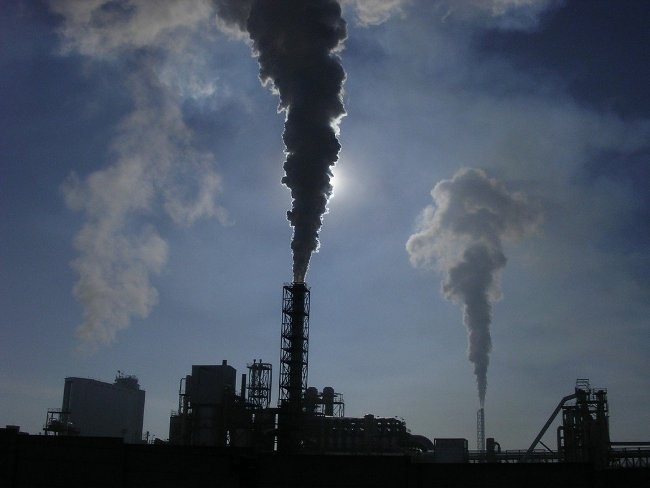 Some industrial production sectors emit a lot of greenhouse gases, which is a cause of great concern for people. Photo source: Pixabay
Some industrial production sectors emit a lot of greenhouse gases, which is a cause of great concern for people. Photo source: Pixabay
Because Venus's atmosphere is mostly carbon dioxide, heat from the Sun has difficulty escaping the surface of Venus. Sunlight passes through the thick layer of carbon dioxide clouds and warms the rocks on Venus' surface.
However, this " bulky ," carbon dioxide-rich atmosphere prevents infrared heat emitted by these rocks from escaping the planet, increasing Venus's temperature and making it the hottest planet in the Solar System.
In contrast, Mercury, the planet closest to the Sun, is not the hottest because it has no atmosphere to hold the Sun's heat. That heat has long since been " burned off ." Therefore, although Mercury is most heavily affected by the Sun's hot temperatures, because it has no atmosphere, the heat spills into space, making it only the second hottest planet in the Solar System.

Venus reaches its greatest brightness right around sunset or sunrise when observed from Earth, so we also call it the Evening Star , when the planet rises at sunset, and the Morning Star , when the planet rises at dawn.
In addition, Venus is also the brightest planet in the Solar System when observed from Earth. The special brightness of Venus is thought to be due to its dense clouds, which reflect gases and sulfuric acid, allowing light rays to easily escape from them.
Interesting facts about Venus you may not know
A day on Venus is longer than a year
Venus takes longer to rotate on its axis than it does to complete one orbit around the Sun. That means it takes 243 Earth days to rotate once – the planet with the longest rotation period in the Solar System – and just 224.7 Earth days to complete one orbit around the Sun.
Venus is hotter than Mercury – despite being farther from the Sun
Its average temperature is 462°C. This is due to the high concentration of carbon dioxide in Venus's atmosphere, which creates a strong greenhouse effect. Heat is trapped in the atmosphere like a blanket, making the planet's temperature much higher than it would be near the Sun.
Venus rotates clockwise on its axis.
Almost all of the planets in the Solar System rotate counterclockwise on their axes and orbit the Sun in a counterclockwise direction. Venus also orbits the Sun counterclockwise, but rotates clockwise on its axis. One theory for this unusual rotation is that it was knocked off its upright position earlier in its history! The only other planet in the Solar System that rotates clockwise is Uranus.
Venus is the second brightest natural object in the night sky after the Moon.
The clouds of sulfuric acid in Venus’ atmosphere make it so reflective and shiny that it obscures our view of its surface. Venus’s brightness makes it visible even during the day – if the sky is clear and you know where to look.
Venus has an atmospheric pressure 90 times that of Earth.
Similar to the pressure found at a depth of 1km in the Earth's oceans.
Venus is named after the Roman goddess of love and beauty.
Venus is believed to have been named after the beautiful Roman goddess (the Greek equivalent of Aphrodite) because of its bright, radiant appearance in the sky. Of the five planets known to ancient astronomers, it must have been the brightest.
Have fun!
What are the evening star and the morning star? Here's what you need to know about the evening star and the morning star.
How big is the diameter of the solar system? This article will give you the answer.
There are many interesting things about the Sun, do you know them all? Let's learn about the Sun and its surprising facts!
Diet is important to our health. Yet most of our meals are lacking in these six important nutrients.
At first glance, AirPods look just like any other true wireless earbuds. But that all changed when a few little-known features were discovered.
In this article, we will guide you how to regain access to your hard drive when it fails. Let's follow along!
Dental floss is a common tool for cleaning teeth, however, not everyone knows how to use it properly. Below are instructions on how to use dental floss to clean teeth effectively.
Building muscle takes time and the right training, but its something anyone can do. Heres how to build muscle, according to experts.
In addition to regular exercise and not smoking, diet is one of the best ways to protect your heart. Here are the best diets for heart health.
The third trimester is often the most difficult time to sleep during pregnancy. Here are some ways to treat insomnia in the third trimester.
There are many ways to lose weight without changing anything in your diet. Here are some scientifically proven automatic weight loss or calorie-burning methods that anyone can use.
Apple has introduced iOS 26 – a major update with a brand new frosted glass design, smarter experiences, and improvements to familiar apps.
Yoga can provide many health benefits, including better sleep. Because yoga can be relaxing and restorative, its a great way to beat insomnia after a busy day.
The flower of the other shore is a unique flower, carrying many unique meanings. So what is the flower of the other shore, is the flower of the other shore real, what is the meaning and legend of the flower of the other shore?
Craving for snacks but afraid of gaining weight? Dont worry, lets explore together many types of weight loss snacks that are high in fiber, low in calories without making you try to starve yourself.
Prioritizing a consistent sleep schedule and evening routine can help improve the quality of your sleep. Heres what you need to know to stop tossing and turning at night.
Adding a printer to Windows 10 is simple, although the process for wired devices will be different than for wireless devices.
You want to have a beautiful, shiny, healthy nail quickly. The simple tips for beautiful nails below will be useful for you.

